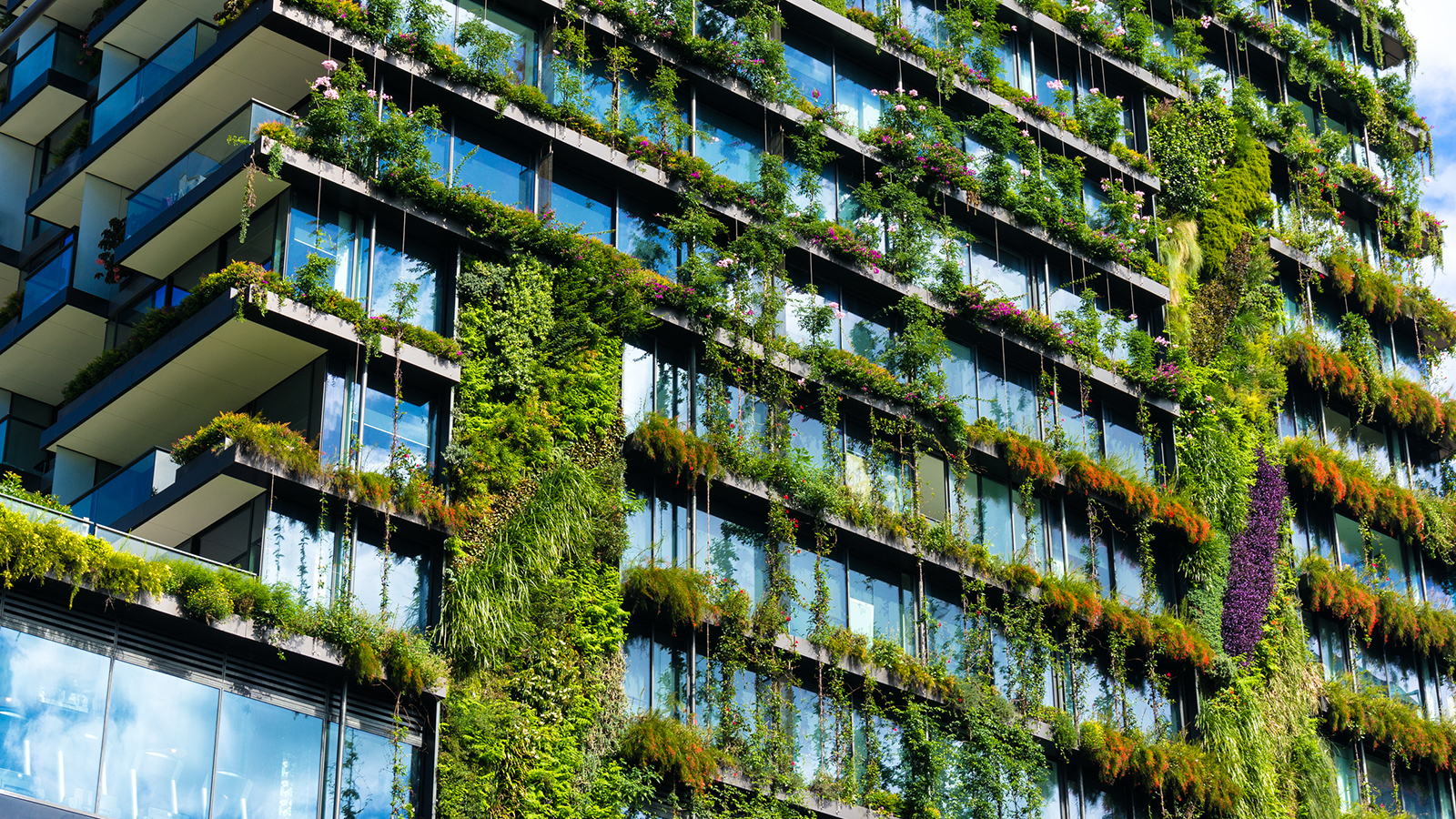Sustainable designers are like do-gooder secret agents. Infiltrating fields as varied as architecture, fashion, product design, healthcare, and transportation, sustainable designers dream up creations that are good news for humankind and the environment.
They “maximize the quality of the built environment, while minimizing or eliminating the negative impact to the natural environment,” elaborates Jason F. McLennan, architect and author of The Philosophy of Sustainable Design.
To that end, designers consider the entire lifecycle of a product – for example, the humble T-shirt. They think about the people who pick the cotton it’s made of. How it’s manufactured. How long before embarrassing armpit seams start to tear. How it degrades (or, ideally, biodegrades) after we dispose of it.
By creating durable, well-made products, sustainable designers are weaning us off cheap and disposable ones. They’re chipping away at the monolithic billion-dollar-block of consumerism. They’re literally helping to save the world.
The best part of it all? They’re so ninja-like about it that most of the time, we don’t even notice. (Though we draw the line at invisible earphone cords.) To demonstrate our appreciation, here’s a shout-out list of five crazy-good tweaks that designers have made to make our lives that much better.
Architecture: It’s getting (pleasantly) hot in here
Ah, winter. The season where aggressive indoor heating strips our bodies of moisture, leaving lips, foot soles, and spirits rather cracked. Well, there’s an alternative, more energy-efficient solution, according to architecture firm Payette: thermal corridors.
Wide passageways, located all along the perimeter of a building, can act as natural buffers between the icy elements outside and the occupied rooms within. Translation: fewer heaters needed, and fewer bleeding lips. Since all we do in corridors is hurry through them anyway, fluctuating temperatures in these “transient spaces” aren’t too big of a deal. In the summer, the corridors allow daylight and naturally ventilated air to stream deeper into the building, while protecting rooms from the sun’s heat.
Several buildings, such as the award-winning Biosciences Research Building in Galway, Ireland, are already fitted with this design. The result: The center uses radiant heating less than 10 percent of the year, and about halves its use of mechanical ventilation. That this all takes place in cold, gloomy, whiskey-fired Ireland is pretty impressive.
Fashion: Making high-fashion out of trash
We’ve all seen those competitions where designers fashion elaborate costumes out of waste: garbage bag pants, soda can skirts, caution tape dresses. But how many of us are actually swanning down Main Street in a shirt made of used tissues?
The golden rule for sustainable fashion: No matter how ethically made, a garment still has to look good. Auria London’s bikinis are glamorous, flattering, and wouldn’t look out of place in the Hamptons in August. But they’re all made out of discarded fishing nets from impoverished villages in the Philippines.
Designers Diana Auria and Margot Bowman work closely with the Net-Works program, which removes abandoned nets from the villages and recycles them into usable products. “It’s from the sea back into the sea, the full life cycle. But you would never know,” Bowman told The Guardian.
Along the way, local communities benefit from selling these nets, while local ecosystems are rid of coral-choking, fish-killing hazards.
Product design: Plastic’s trash, so use something else
Plastic is bad. Like, really, gigantically, pervasively bad for the environment. Besides polluting the deep blue in mind-boggling quantities, plastic waste poisons, throttles, and traps legions of marine life every year.
The easy answer would be to stop using plastics entirely. But since some among us evidently can’t live without plastics, some designers have taken to crafting products that conform to our needs. Read: seaweed-based packaging, chairs made of recycled trash, or compostable six-pack rings.
You read right. This highly specific boozer cruiser has been co-opted by the Saltwater Brewery in Florida, which uses six-pack rings made from by-products of the beer brewing process, namely, barley and wheat. They are biodegradable, so even if they end up in the ocean, they won’t bother marine life too much – and can even be eaten by them.
Transportation: Cray over climate-controlled cars
As cities expand and evolve like giant amoebas, public transportation inevitably takes on outsize significance. Millions of passengers pile onto overcrowded train cars each morning, every morning, for the foreseeable future. Ensuring a transit system that’s comfortable for passengers, and that doesn’t contribute to an increasingly uncomfortable climate, is rather important.
So let’s all take a gander at San Francisco’s new BART fleet. Dubbed The Fleet of the Future, the cars (which are yet to be launched) are designed to be even more energy efficient than the current ones – which are already among the most environmentally friendly in the nation.
And it’s all achieved with simple little tweaks the harried commuter wouldn’t even notice. For example, LED lights will be used throughout the cars, emitting less heat and self-adjusting for changing light conditions. The cars themselves are made of aluminum, which is lightweight, completely recyclable, and keeps the interior cool. Roofs are painted white to reflect sunlight and reduce heat inside the cars.
Material science: The walls can clean
The field of biomimicry – wherein researchers turn to nature’s infinite wisdom to solve human problems effectively and sustainably – is hot right now.
Architects are envisioning buildings made of bone-like material instead of concrete. Doctors are inspired by mussels’ clinginess to design glues that can heal tears in a mother’s womb. And material scientists have figured out an eco-friendly outdoor paint that scrubs itself pretty well.
Called Lotusan, this self-cleaning paint mimics the lotus leaf’s waterproof qualities. Microscopic bumps and hairs on a leaf’s surface cause water to pearl up and slide off, taking pesky insect crud and dirt with it. The paint prevents the buildup of mold, mildew, and algae. As this eliminates the need for constant cleaning and industrial chemicals, it’s a big win for the environment, too.
MCAD’s five-semester online sustainable design program begins with the fundamentals and ends with each student completing a graduate thesis. Students also take courses in specialized areas like business and leadership and get to choose two electives from a list that includes Biomimetic Design and Visual Communications for Sustainability.
Here at Grist, you know what we like almost as much as solar panels? Partners! They help us keep the lights on so we can keep bringing you the best and most Gristy journalism on the planet. Click here for more information.





